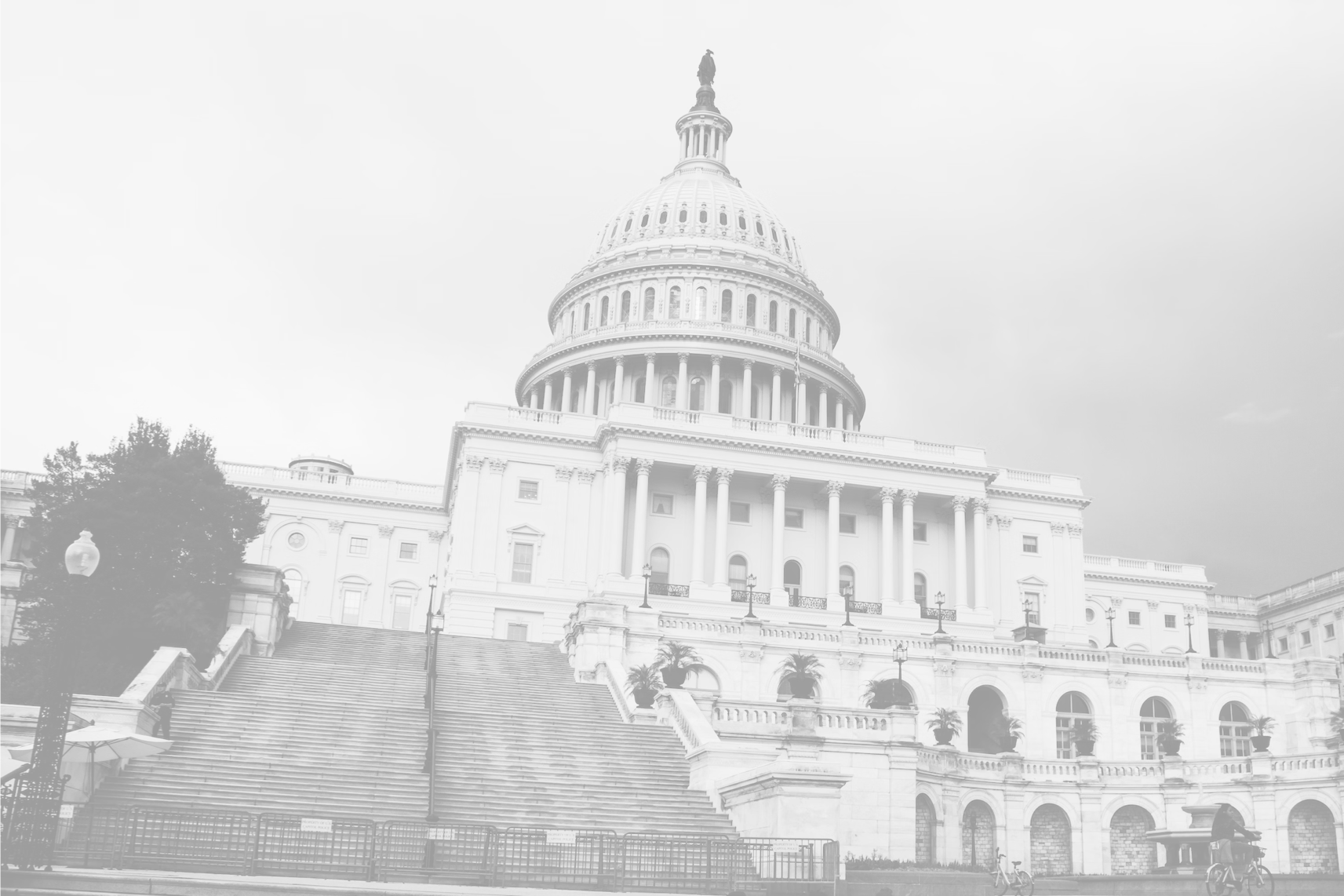For the most recent VCF Deadline information, click here!
If your deceased loved one developed a condition such as cancer after 9/11, you may be eligible to file a claim for compensation.
On November 16, 2016, the 9/11 Victim Compensation Fund (VCF) held a telephone conference with 9/11 compensation attorneys.
The VCF has extended the deadline to file 9/11 compensation claims on behalf of a deceased individual. In general, the estate of a deceased individual has two years from the date of death, or two years from the date a new condition becomes eligible for compensation, to file a claim for 9/11 compensation. For example, if an individual who worked south of Canal Street between 9/11/01 and 5/30/02 later developed cancer, which caused their death, then the individual’s estate would have two years from the date of death to register with the 9/11 Victim Compensation Fund. If registered within two years, then the estate can claim for both the personal injury (e.g. cancer), and the wrongful death. In the past, the VCF held that, after two years from date of death, the estate forfeited the right to claim for both the personal injury (i.e. colon cancer) and the wrongful death caused by the personal injury.
Now, the VCF has issued a new ruling on claims filed on behalf of deceased individuals: The estate of a deceased individual has until two years after a government entity certifies the individual’s condition or injury as being related to 9/11 to register with the VCF. For example, if a deceased individual had developed prostate cancer after 9/11, then the individual’s estate has two years from the date a government entity determines the condition as being related to 9/11 to register with the VCF. The estate of a deceased individual can obtain a government determination by completing the VCF’s Private Physician Process.
It should also be noted that the VCF issued the following guidance with regard to time-barred claims for wrongful death: The estate of a deceased individual “continues to have the right to appeal the eligibility determination and, if the circumstances presented are compelling, we could consider an equitable waiver or tolling of the deadline.” This means that, under “compelling” circumstances, the estate of a deceased individual, may continue to claim for 9/11 compensation related to both the personal injury and wrongful death beyond two years from death.
Under the James Zadroga 9/11 Health and Compensation Act, potential claimants for 9/11 victim compensation are required to register within two years of the date on which the claimant knew or reasonably should have known: (1) that the victim suffered physical harm as a result of the terrorist-related aircraft crashes of September 11, 2001, or debris removal in the immediate aftermath, and (2) that the claimant was eligible to file a claim with the VCF. Prior to the newly announced deadlines, the VCF declared the start date of the two-year deadline to register for 9/11 victim compensation as the date on which an illness or condition was first diagnosed.
The VCF’s prior rule caused great distress for individuals who suffer from a 9/11-related illness, but were never informed that the condition was in fact caused by 9/11. In response to concern expressed by potential claimants for 9/11 victim compensation, and 9/11 victim compensation attorneys including Pitta Giblin & Baione LLP, the VCF extended the deadlines. Now, the two-year deadline to register begins on the earlier of: (1) the date on the letter from the WTC Health Program indicating that the individual’s 9/11-related physical injury or condition has been certified for treatment, or (2) the date on which another government entity determined that the physical injury or condition was 9/11 related. For individuals who are not members of the WTC Health Program, the two-year deadline to register begins on the earlier of: (1) the date on which a government entity determined that the physical injury or condition was 9/11-related, or (2) the date on which the individual’s physical injury or condition is verified through the VCF’s Private Physician Process.
With regard to families or representatives of individuals who unfortunately succumbed to their 9/11-related illness, they must register for compensation within two years of the victim’s death, or two years from the date on which the condition was added to the WTC Health Program List of Covered Conditions. For example, as detailed in our recent blog post, new-onset COPD was added to the list of covered conditions effective August 4, 2016. If an individual passed away due to new-onset COPD on or before August 4, 2016, then the family or representative of that individual would have until August 4, 2018 to file for compensation.
However, it should be noted, that irrespective of other applicable deadlines, all claimants for 9/11 compensation must register by December 18, 2020.
What is 9/11 Compensation?
9/11 Compensation or 9/11 Victim Compensation is available through the 9/11 Victim Compensation Fund (VCF). The VCF provides tax-free financial compensation for pain & suffering, lost earnings, benefits, replacement services, and past out-of-pocket medical expenses related to eligible 9/11-related physical conditions. Eligible claimants include those who were in Lower Manhattan, Staten Island Fresh Kills Landfill, or on routes of debris removal (piers, barges, garages where vehicles were cleaned) between 9/11/01 and 5/30/02.
Founded by the Air Transportation Safety and System Stabilization Act of 2001, the VCF was intended to protect the aviation industry from thousands of potential lawsuits related to the terrorist attacks on September 11, 2001. After 33 months, 5,560 paid claims, and over $7 billion in 9/11 victim compensation, the VCF was closed.
The original VCF provided 9/11 compensation to those injured in the 9/11 attacks, and families of lives lost. However, as we now know, the terrorist attacks did not end on 9/11. Rather, they continue inside the bodies and minds of thousands of Americans. It has recently been reported that the 9/11-related cancer rate has tripled in less than two and half years. Further, Dr. Jim Melius, Administrator of the New York State Laborers’ Healthy and Safety Fund, predicts “Within the next five years we will be at the point where more people have died from World Trade Center-related illnesses than died from the immediate impact of the attacks.” Since 9/11, over 75 types of cancer, aerodigestive disorders, and respiratory illnesses have been linked to 9/11 toxins exposure.
In 2002, The New England Journal of Medicine published a study of 332 firefighters led by Dr. David Prezant identifying a new condition, “World Trade Center cough.” The condition is characterized by a prolonged, severe cough accompanied by shortness of breath. Dr. Prezant’s study also found that the vast majority of firefighters suffering from World Trade Center Cough also suffered from gastroesophageal reflux disorder (GERD), or persistent heartburn.
In 2006 Detective James Zadroga became the first member of the New York City Police Department to die due to 9/11-related respiratory disease. Zadroga’s name became a rallying cry on behalf of all individuals who were exposed to 9/11 toxins, or WTC dust, after 9/11. After a long-fought battle by uniformed and non-uniformed trade unions, political allies, and community leaders, the James Zadroga 9/11 Health and Compensation Act was signed into law on January 2, 2011. The Zadroga Act reopened the 9/11 Victim Compensation Fund, allocated $2.775 billion for 9/11 compensation, and provided for the World Trade Center Health Program.
Due to expire in October of 2016, the Zadroga Act was reauthorized thanks to the efforts of union coalitions, activists, and years of relentless advocacy by U.S. Senators Kirsten Gillibrand and Chuck Schumer; and Congress members Carolyn Maloney, Jerrold Nadler, and Peter King. The reauthorization extended the WTC Health Program through 2090, the VCF until December 18, 2020, and allocated an additional $4.6 billion in 9/11 compensation.
What is the World Trade Center Health Program?
The World Trade Center Health Program is administered by the National Institute for Occupational Safety and Health (“NIOSH”) as part of the Centers for Disease Control and Prevention (“CDC”). It provides free medical monitoring, treatment, and medication for physical and psychological illnesses to responders and survivors who satisfy certain eligibility criteria. Healthcare is offered at Clinical Centers of Excellence (“CCE”) located throughout the NY/NJ metropolitan area: Mount Sinai, NYU Langone, North Shore-LIJ, Stony Brook, Rutgers University Robert Wood Johnson, Bellevue, Gouverneur, and Northwell Hospital. Memorial Sloan-Kettering is also an in-network provider for WTCHP cancer patients. FDNY members and retirees are treated within their own system, primarily at 9 MetroTech Center in Brooklyn. Those located outside the NY/NJ metropolitan area have access to the National Provider Network (“NPN”) administered by Logistics Health Inc. (“LHI”) that provides free healthcare at a vast network of clinics nationwide.
Why are 9/11 benefits still available fifteen years later?
As explained in our recent blog post, although fifteen years have passed since 9/11, the health effects of exposure to toxins spewed into the environment on that fateful day continue on. Between 300 to 400 tons of asbestos were introduced into the environment on 9/11, in addition to a host of other carcinogenic 9/11 toxins. Dr. Michael Crane, director of the World Trade Center Health Program’s Clinical Center of Excellence at Mt. Sinai, commented on the issue “We will never know the composition of that cloud, because the wind carried it away, but people were breathing and eating it. What we do know is that it had all kinds of god-awful things in it. Burning jet fuel. Plastics, metal, fiberglass, asbestos. It was thick, terrible stuff. A witch’s brew.”
Specifically, there were as many as 50,000 personal computers, each of which contained a variety of toxins including four pounds of lead and troubling amounts of mercury, and 300 mainframe computers powered by hundreds of miles of wires containing polyvinyl chloride (PCP) and copper. There were 23,000 mercury containing fluorescent light bulbs and 12,000 miles of electric cables in the Twin Towers alone. The 16-acre site contained 10,000,000 tons of building material and contents, which burned at temperatures close to 2,000 degrees Fahrenheit along with 91,000 liters of Jet Fuel and 130,000 gallons of transformer oil.
Yet, despite the incredible amount of 9/11 toxins that were spewed into the air, just days later, Christine Todd Whitman, former Administrator of the Environmental Protection Agency, announced “I am glad to reassure the people of New York and Washington, DC that their air is safe to breathe.” Unfortunately, we now know that Whitman’s statement was woefully inaccurate. Whitman recently offered a qualified apology for misleading the public after 9/11.
Over 500,000 people were exposed to toxins on and in the months after 9/11, yet only 20% have enrolled in the WTC Health Program. Despite the shockingly low enrollment rate, WTC Health Program statistics are still alarming: As of July 2016, there has been over 1,140 exposed deaths attributed to 9/11-related illnesses, and there has been over 6,378 separate cancer diagnoses in the past two and a half years alone. Due to the fact over 400,000 people are left unaccounted for, the actual death toll of 9/11-related illnesses may already be higher than the number of lives lost in the attacks.
The WTC Health Program has linked the following List of Covered Conditions to 9/11 toxins exposure. This list is subject to change as the Health Program Administrator, Dr. John Howard, and the Scientific/Technical Advisory Committee continue to review research, statistics, and studies in order to identify new conditions for coverage.
The following physical conditions are eligible for 9/11 compensation.
- Cancer
- Blood and Lymphoid Tissue (including, but not limited to, lymphoma, leukemia, and myeloma)
- Diffuse non-Hodgkin lymphoma
- Follicular (nodular) non-Hodgkin lymphoma
- Hodgkin’s disease
- Leukemia of unspecified cell type
- Lymphoid leukemia
- Malignant immunoproliferative diseases
- Monocytic leukemia
- Multiple myeloma and malignant plasma cell neoplasms
- Myeloid leukemia
- Other and unspecified lymphoid, hematopoietic, and related tissue
- Other and unspecified types of non-Hodgkin lymphoma
- Other leukemias of specified cell type
- Peripheral and cutaneous T-cell lymphoma
- Digestive System
- Colon
- Esophagus
- Liver and intrahepatic bile ducts
- Other and ill-defined digestive organs
- Rectosignoid junction
- Rectum
- Retroperitoneum and peritoneum
- Stomach
- Eye and Orbit
- Female Breast
- Ovary
- Head and Neck
- Accessory sinuses
- Base of tongue
- Floor of mouth
- Gum
- Hypopharynx
- Larynx
- Lip
- Nasal cavity
- Nasopharynx
- Other and ill-defined conditions in the lip, oral cavity, and pharynx
- Other and unspecified major salivary glands
- Other and unspecified part of the mouth
- Other and unspecified parts of the tongue
- Oropharynx
- Palate
- Parotid gland
- Piriform sinus
- Tonsil
- Respiratory System
- Bronchus and lung
- Heart, mediastinum, and pleura
- Other and ill-defined sites in the respiratory system and intrathoracic organs
- Trachea
- Skin (Melanoma and non-Melanoma)
- Malignant melanoma of skin
- Other malignant neoplasms of skin
- Scrotum
- Soft Tissue
- Thyroid
- Urinary System
- Bladder
- Kidney
- Other and unspecified urinary organs
- Prostate
- Renal pelvis
- Ureter
- Mesothelioma
- Blood and Lymphoid Tissue (including, but not limited to, lymphoma, leukemia, and myeloma)
- Aerodigestive Disorders (Airways and Digestive Disorders)
- Asthma
- Chronic cough syndrome
- Chronic laryngitis
- Chronic nasopharyngitis
- Chronic respiratory disorder—fumes/vapors
- Chronic rhinosinusitis
- Gastroesophageal reflux disorder (“GERD”) (persistent heartburn)
- Interstitial lung diseases (e.g., sarcoidosis)
- Reactive airways dysfunction syndrome (RADS)
- Sleep apnea exacerbated by or related to another condition described in the list of aerodigestive disorders
- Upper airway hyperreactivity
- WTC-exacerbated chronic obstructive pulmonary disease (COPD)
- New-onset COPD
- Mental Health Conditions (ineligible for compensation)
- Acute stress disorder
- Adjustment disorder
- Anxiety disorder (not otherwise specified)
- Depression (not otherwise specified)
- Dysthymic disorder (persistent depressive disorder)
- Generalized anxiety disorder
- Major depressive disorder
- Panic disorder
- Posttraumatic stress disorder (PTSD)
- Substance abuse
- Musculoskeletal Disorders (Responders only)
- Responders who received treatment for a WTC-related musculoskeletal disorder, such as carpal tunnel syndrome or lower back pain, on or before September 11, 2003 are eligible for coverage.
- Acute Traumatic Injury
- Responders and survivors who received treatment for a WTC-related acute traumatic injury on or before September 11, 2003 are eligible for coverage. Examples include:
- Eye injury
- Burn
- Head trauma
- Fracture
- Tendon tear
- Complex sprain
- Responders and survivors who received treatment for a WTC-related acute traumatic injury on or before September 11, 2003 are eligible for coverage. Examples include:
- Rare Cancers
- Malignant neoplasms of the adrenal gland and other endocrine glands and related structures
- Anus and anal canal
- Bone and articular cartilage
- Breast among men
- Gallbladder and other parts of biliary tract
- Meninges, brain, spinal cord, cranial nerves, and other parts of central nervous system
- Pancreas
- Penis and testis
- Placenta
- Small intestine
- Thymus
- Vulva, vagina, and cervix uteri (invasive only)
- Malignant neuroendocrine neoplasm, including carcinoid tumors
- Myeloid neoplasms, including myelodysplastic syndromes, myeloproliferative neoplasms, myelodysplastic/myeloproliferative neoplasms, and myeloid malignancies associated with eosinophilia and abnormalities of growth factor receptors derived from platelets or fibroblasts
- Other cancers that meet the threshold incidence rate of less than 15 cases per 100,000 persons per year based on age-adjusted 2005-2009 average annual data.
Top 10 Certified Conditions
- Rhinosinusitis
- GERD
- Asthma
- Sleep apnea
- Respiratory disorder
- PTSD
- Cancer
- Depression
- WTC-exacerbated COPD
- Anxiety disorder
Top 15 Certified Cancers
- Non-melanoma skin
- Prostate
- Lymphoma
- Melanoma of skin
- Thyroid
- Lung/bronchus
- Kidney
- Breast
- Colon
- Leukemia
- Bladder
- Oropharynx
- Myeloma
- Rectum
- Stomach
For more information on the WTC Health Program List of Covered Conditions and 9/11 Victim Compensation, please contact Pitta & Baione LLP at 844-982-2667 or info@pittabaione.com.



